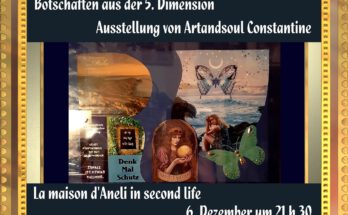YULE (JOL) 20th December – January 1st – the most important of all Norse holidays, it has a duration of 12 nights, starting on December the 20th. The darkest time of the year symbolizes the beginning and end of all things and it is when the gods and goddesses are the closest to Midgard. The dead return to Earth to share feasts with the living, but other magical creatures run freely at this time too, so be aware! (click here to see some easy Yule gift ideas)
DISTING (Disablot) – 31st January – a celebration of new beginnings and preparation of the land for planting.
OSTARA (Ostara) – 21st March – rejuvenation of the Earth and celebration of fertility and growth.
MAY EVE (Valpurgis) – 30th April – associated with the goddesses Frey and Freya. Celebration of love and the coming of Spring.
MIDSUMMER (Midsumarblot) – 21st June – The date of this celebration can vary a little bit if you decide to do it on the actual Summer solstice. Bonfires, traditional music and the burning of corn dollies take place to celebrate the brightest time of the year.
FREYFEST (Freysblot) – 1st August – thanksgiving for the fruits of the first harvest of the year. A loaf of bread is baked as an offering to the goddess Frey.
FALLFEAST (Haustblot) – 23rd September – this festivity falls on the Autumn equinox, so the date may vary a bit if you celebrate it on the actual astronomical event. It honours the second harvest of the season and it’s the time to gather food for the upcoming winter months. It’s also a time to reflect on what we have achieved and to be thankful for what the Earth has given us.
WINTER NIGHTS (Vetrnaetr) – 31st October – The end of the harvest season, which meant that it was time to use the meat of the farm animals and start hunting. It’s also a night to reflect and honour ancestors, as well as the goddess Hela. The veil between the worlds is thinner during this night, so it’s also a good time to do some divination for the year ahead.


